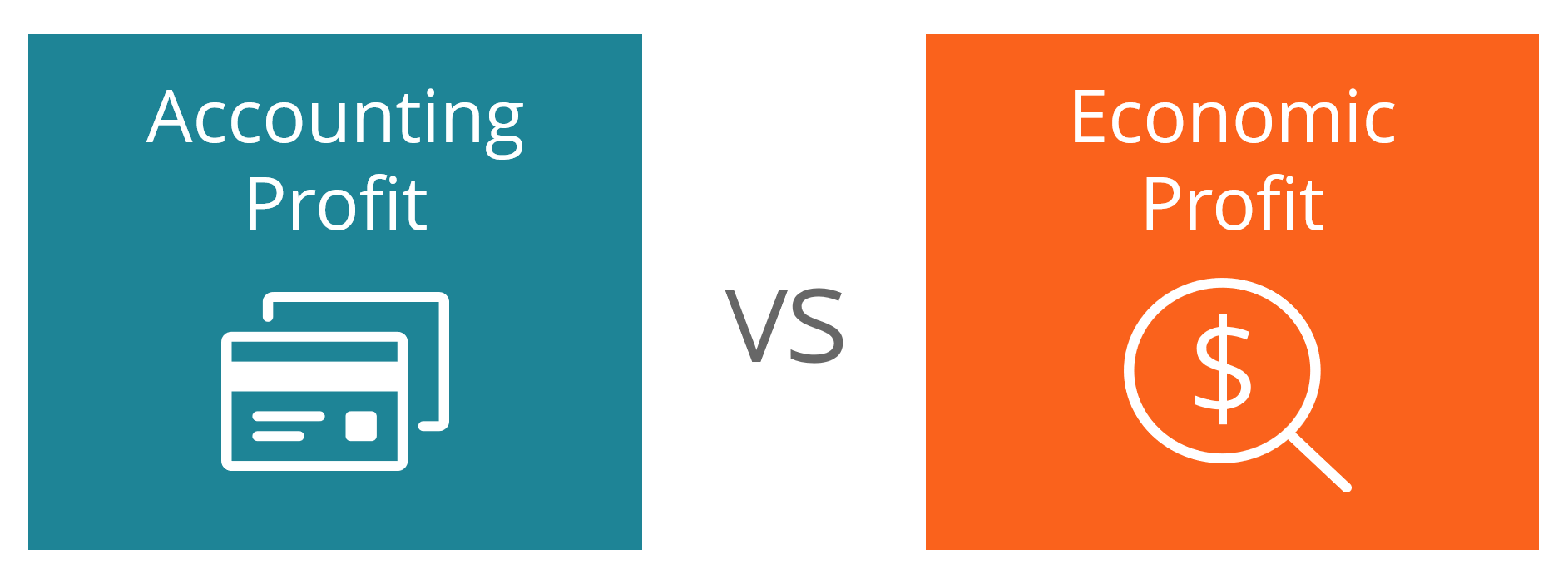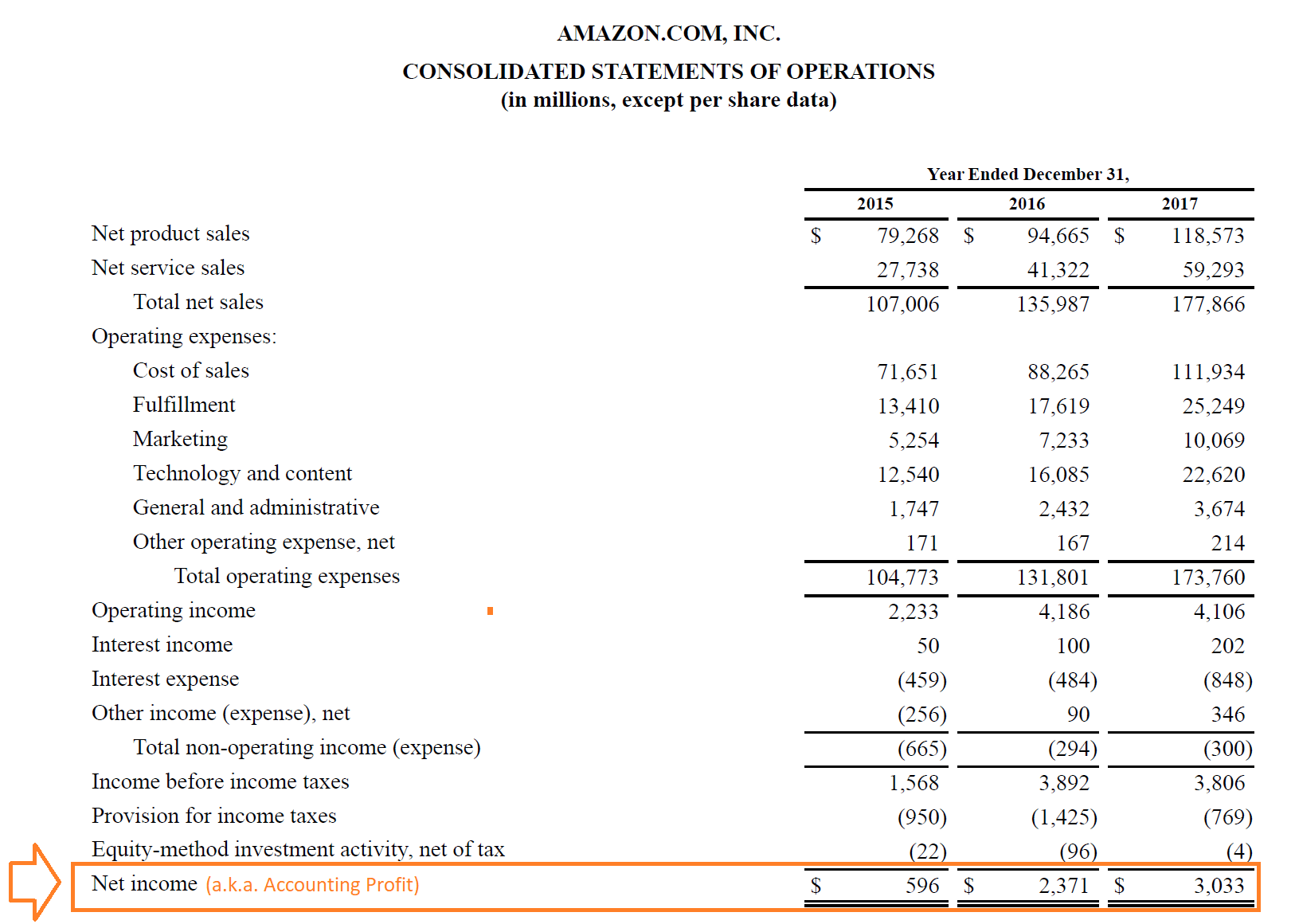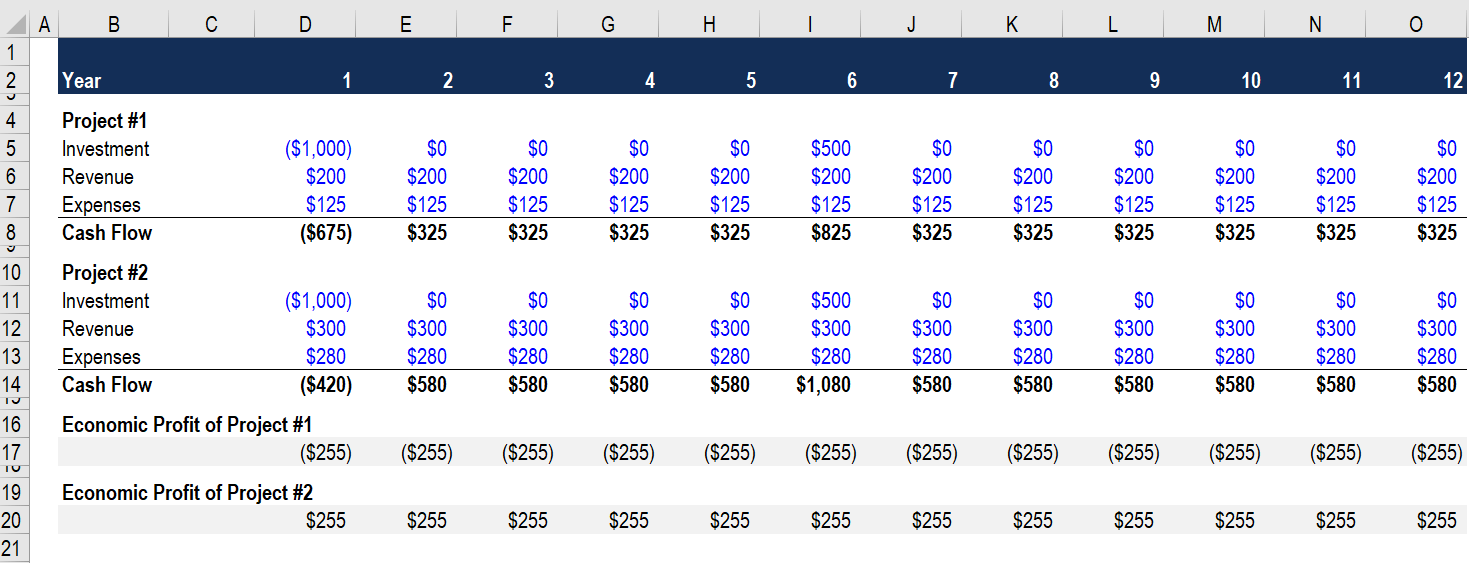
Over 2 million + professionals use CFI to learn accounting, financial analysis, modeling and more. Unlock the essentials of corporate finance with our free resources and get an exclusive sneak peek at the first chapter of each course. Start Free
Accounting profit is a company’s net earnings on its income statement, whereas economic profit is the value of cash flow that’s generated above all other opportunity costs. This guide will help you thoroughly understand accounting profit vs economic profit, and while they may sound similar, they are actually quite different.

Accounting profit is the net income that a company generates, found at the bottom of its income statement. The figure includes all revenue the company generates and deducts all expenses to arrive at the bottom line.
Common sources of revenue include the sale of goods and services, receipt of dividends or interest, and rental income, to name a few.
Common types of expenses include the cost of goods sold (COGS), marketing and advertising expenses, salaries and benefits, travel, entertainment, sales commissions, rent, depreciation and amortization, interest, and taxes.
Below is an example showing Amazon’s 2017 consolidated statement of operations (also known as a statement of profit and loss or income statement).

In the example, you can clearly see how the statement starts with revenue (sales) and then deducts all expenses to arrive at net income (a.k.a. accounting profit). In 2017, the figure was $3.0 billion for Amazon.
Economic profit differs quite significantly from accounting profit. Instead of looking at net income, economic profit considers a company’s free cash flow, which is the actual amount of cash generated by a business. Due to accrual accounting principles, the figure is often materially different from accounting profit.
Furthermore, once the company’s free cash flow is calculated, it must then take into account the opportunity cost that managers of the business can expect to earn on comparable alternatives.
For example, imagine a company has two choices: Invest $1,000 into a new t-shirt product line (Project #1) or invest $1,000 into a new sock product line (Project #2). Project #1 will have revenues of $200 and costs of $125, while Project #2 will have revenues of $300 and costs of $280.
Below is an example (simplified) calculation of how to calculate the economic profit of each project.

The first step is to calculate the cash flow of each project. For a detailed explanation of how to perform the calculation, see CFI’s Ultimate Cash Flow Guide.
The next step is to take the difference between the cash flows of each project and compare them to see which generates more economic profit.
As you can see, Project #2 generates a positive economic profit, relative to Project #1. Learn more in CFI’s Financial Modeling Courses.
Thank you for reading CFI’s guide to Accounting Profit vs Economic Profit. These additional CFI resources will be helpful:
Gain in-demand industry knowledge and hands-on practice that will help you stand out from the competition and become a world-class financial analyst.